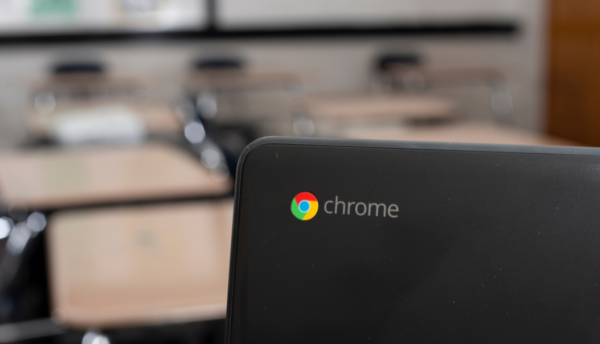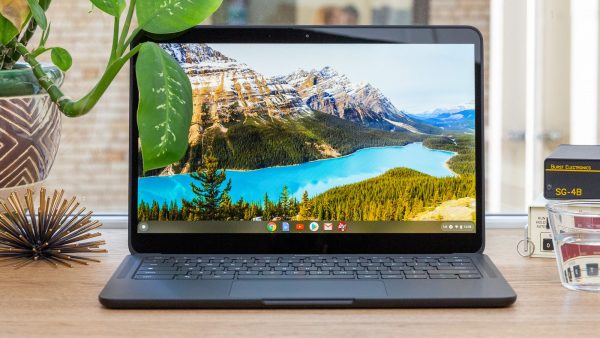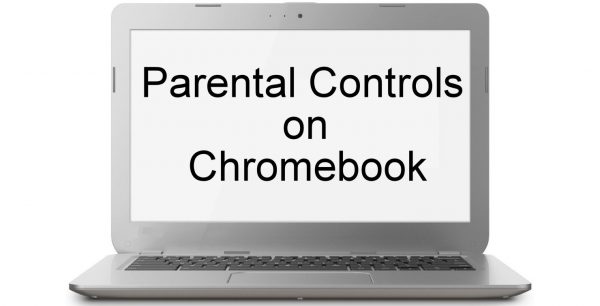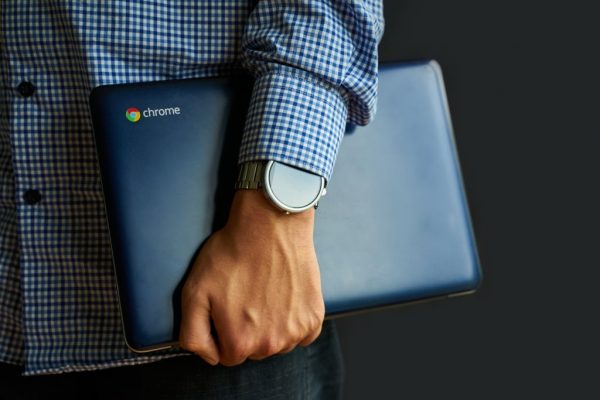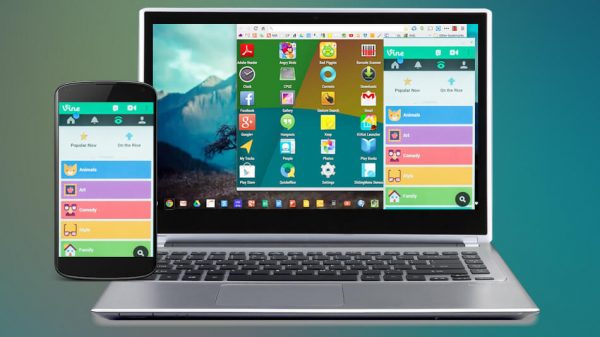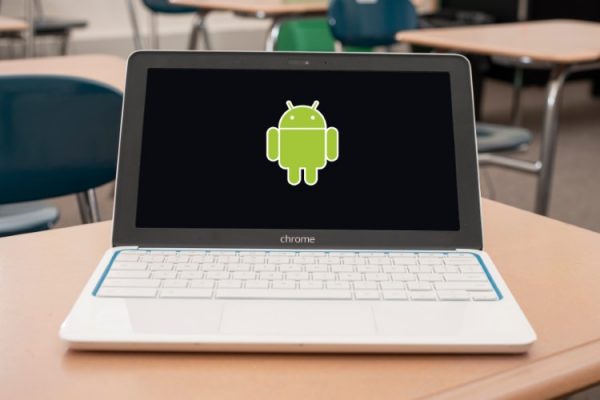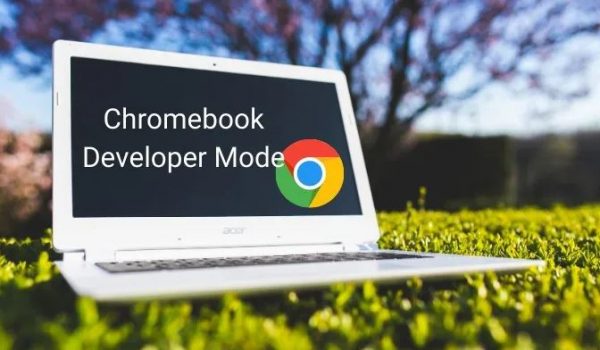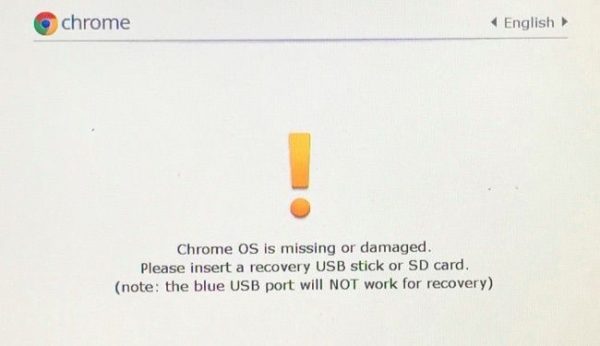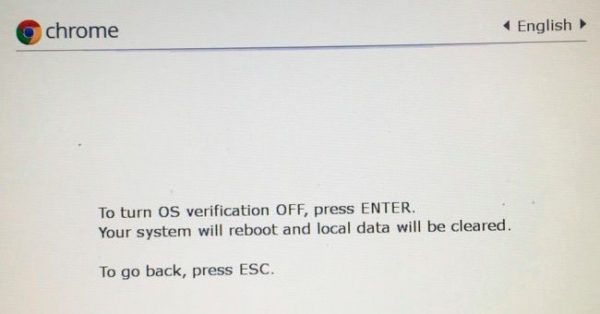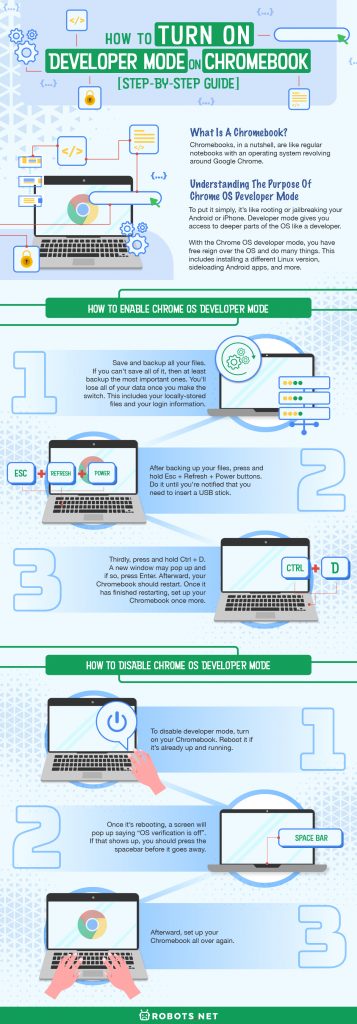What Is a Chromebook?
If you haven’t purchased a Chromebook before, then it may seem a little alien to you. Chromebooks, in a nutshell, are like regular notebooks with an operating system revolving around Google Chrome. They’re made for people who only need to surf the web and do little else. Chrome OS, developed by Google, is the Linux-based operating system they run on. From a hardware perspective, Chromebooks don’t look very different compared to their regular laptop counterparts. They look almost the same, only thinner and lighter—perfect for light laptop users. Where Chromebooks truly differ is in the software and the limitations it has.
Why Buy a Chromebook When They’re So Limited?
Many people hesitate to buy Chromebooks because of how stripped down they are. To only get access to Chrome OS, Google Chrome, and the limited apps available sounds like a nightmare for people that use a myriad of apps. Nonetheless, there’s a reason why Chromebooks have won many people over. Here are a few:
Speed
Firstly, Chromebooks are quick and snappy. They won’t give you any headaches with boot times or lag. That’s because the stripped-down OS doesn’t require much and Chromebooks typically run on an SSD. SSDs are great for fast boot times compared to the alternative HDDs that many laptops still run on. You can get your Chromebook up and running in about eight seconds.
Price
Another reason why you might consider Chromebooks is because they cost little compared to regular laptops. You’ll typically find Chromebooks going for $200 to $400, a price range that is cheaper than some phones. That’s why many people on a budget consider Chromebooks when all they need is to use a proper web browser. However, this might not be a huge advantage anymore since many Windows laptops now come out at similar prices.
Battery Life
Most Chromebooks have long-lasting battery life, making it great for on-the-go use. You can get over six hours of screen time with a Chromebook , and some even claim to last up to 13 hours.
Security
Chromebooks have lots of security measures built in by Google. These include protection against viruses and malware which are always updated with your OS. If you’re tired of all the viruses and security breaches that you experience while browsing online, Chrome OS is a decent pick.
Parental Controls
Many students nowadays almost require a laptop to study properly. However, worried parents don’t always want to give their children free rein on the internet. Chromebooks have a solution for this by giving parental controls for supervised accounts. You can track and limit online activity for your precious children.
Syncing
If you’re tired of logging in and out all the time, Chromebooks have a great sync feature. Using a single account, you can seamlessly use the same apps and browsers on different devices.
Cloud Storage
Buying a Chromebook comes with some great perks, and one of their greatest perks is storage. There’s 100GB of cloud storage just waiting for you—more than enough for most people. Of course, you get that cloud storage in Google Drive since it’s a Google device. However, keep in mind that there is a two-year limit to this free storage.
OS Updates
Chromebooks are hassle-free laptops for users who don’t even like to think about updates. If you’re a Windows user, you know that Windows updates can get pretty annoying. They force you to stop using your computer for a while and update it. In contrast, Chromebooks update automatically and quietly in the background. You’ll be sure to have all the latest updates on your software all the time.
Portability
Chromebooks vary in screen size, ranging from 11 inches to 15 inches. However, they’re portable in terms of weight. They’re not heavy at all, and you can comfortably bring them around for long periods.
Android Applications
In the past, Chromebooks were limited to being designed around Google Chrome. However, Google recently announced that some Chromebooks can now support Android applications. You can use these apps on all Chromebooks released in 2017 or later. Since Google is also the maker of Android, we imagine that this wasn’t such a difficult feat to accomplish. Thanks to this, your Chromebook is now more useful than before.
Understanding the Purpose of Chrome OS Developer Mode
With all of that said, Chromebooks are very useful devices that can help you get the bare minimum of computing and internet browsing. However, they’re still pretty limited compared to what your regular laptops can do. The question now lies on how well you can optimize your Chromebook’s performance. A great secret to that is turning on the Chrome OS Developer mode. However, don’t just jump right into it because you need to know more about the developer mode before getting started. Firstly, it’s different from the Chrome OS developer channel. The developer channel is for people who want to test Chrome OS’s new features. However, they get access to them at the cost of their Chromebook’s stability because the developer channel is like using the beta version of the next iOS update. The developer channel gets weekly updates with new tweaks here and there. If you were looking this up just to test Chrome OS’s new features, you’re not gonna find it here. So what’s the purpose of Chrome OS developer mode? To put it simply, it’s like rooting or jailbreaking your Android or iPhone. Developer mode gives you access to deeper parts of the OS like a developer. In fact, most Chrome OS developers need to use developer mode on their Chromebooks to code and test. They also need developer mode access to use advanced Chrome developer tools. With the Chrome OS developer mode, you have free reign over the OS and do many things. This includes installing a different Linux version, sideloading Android apps, and more. On the other hand, you could also wreck your computer if you’re not careful.
Developer Mode vs Normal Mode
What’s the difference between Chrome OS developer mode vs normal mode? With normal mode, you get the usual Chromebook experience. You can run the basic Chrome OS that’s centered around Google Chrome and Chrome apps. In contrast, the Chrome OS developer mode is the door to nearly uninhibited control over your machine. The most prominent feature of the Chrome OS developer mode is access to the developer shell, called “Crosh.” If you’re unfamiliar with the term, Crosh lets you do advanced tasks on Chrome OS’s Linux-based software. You can ping IP addresses and websites, connect to and access a Secure Shell (SSH) server, and more. Crosh even allows you to run other Linux commands. Of course, you can still access Crosh with the basic Chrome OS by hitting Ctrl + Alt + T. However, this won’t let you run more advanced Linux commands due to the system’s limitations. Many people also switch to Chrome OS developer mode because of user interface reasons. Perhaps you’ve always wanted to run other Linux environments on your computer. You can do just that with the Chrome OS developer mode. Why would someone do that, you ask? Well, having a full Linux environment lets you do more complicated tasks that Chrome OS doesn’t normally allow.
Is the Chrome OS Developer Mode Safe on Chromebook?
The answer: it depends. More specifically, it depends on the user. Not everyone should use Chrome OS developer mode because you can easily break the system while using it. Plus, there are other hazards that you have to watch out for even if you knew what you were doing. Generally, Chrome OS developer mode strips away a lot of the protection that you normally get with Chrome OS. Here are some possible risks:
No Google Support
Even though Chromebooks allows Chrome OS developer mode, Google doesn’t support it in general. That’s because so many things can go wrong while in this mode. If you’re not careful, you might seriously break something in the software. Google doesn’t support it because they shouldn’t be considered liable for your tinkering—even if it happens accidentally. In short, you might lose your warranty if you enable this mode.
Losing Data
If you’ve suffered from losing files before, you should brace yourself for what’s to come with Chrome OS developer mode. That’s because all your data will be wiped out if you enable Chrome OS developer mode. Everything you’ve saved locally on your Chromebook will disappear. Of course, you can work around this drawback if you do a full backup. However, make sure you’re thorough when you do so because you wouldn’t be able to recover files you won’t back up.
Losing Data Part 2
If losing your data once wasn’t enough for you, maybe losing your data twice is. Not only will you lose data when you enable developer mode, but you’ll also lose data when you disable it. This is a huge drawback for people who want to go back and forth between Chrome OS and developer mode. You have to backup files multiple times if that is your goal, and that honestly might not be worth it.
Longer Boot Up Time
If Chrome OS developer mode is turned on, you’ll notice that it takes longer to boot up. There’s a warning screen that pops up every time you turn it on. It’s not a major drawback, but it does require a bit of patience to get through.
Less Security
Google adds a lot of security features to Chrome OS. If you void the warranty and turn on Chrome OS developer mode, all of these features will automatically be disabled. That’s why we’re telling you now that Chrome OS developer mode is not for everyone. If you’re okay with these drawbacks, then you can proceed with turning on Chrome OS developer mode.
How to Enable Chrome OS Developer Mode
With all of that out of the way, let’s get into the meat of things. Let’s talk about how you can enable the Chrome OS developer mode.
Save and backup all your files. If you can’t save all of it, then at least backup the most important ones. As we’ve previously said, you’ll lose all of your data once you make the switch. This includes your locally-stored files and your login information. We cannot stress this enough: backup your files and avoid any potential regrets. After backing up your files, press and hold Esc + Refresh + Power buttons. Do it until you’re notified that you need to insert a USB stick.
Thirdly, press and hold Ctrl + D. A new window may pop up and if so, press Enter. Afterward, your Chromebook should restart. Once it has finished restarting, set up your Chromebook once more.
How to Disable Chrome OS Developer Mode
Again, you should back up your files before you disable Chrome OS developer mode. After that, then you can disable it.
To disable developer mode, turn on your Chromebook. Reboot it if it’s already up and running. Once it’s rebooting, a screen will pop up saying “OS verification is off”. If that shows up, you should press the spacebar before it goes away. Afterward, set up your Chromebook all over again.
Conclusion
The Chrome OS is great for web-based tasks, and you can get by fairly well using a Chromebook in its default settings. However, you need to turn on developer mode if you want to inspect elements of the Chromebook with advanced tools. It’s a mode that can give you access to Linux desktop environments, run advanced Linux commands, and sideload apps. This mode is available to everyone who uses Chrome OS. However, you should think through its disadvantages before you proceed. Only then should you ever try to run and use Chrome OS developer mode.
